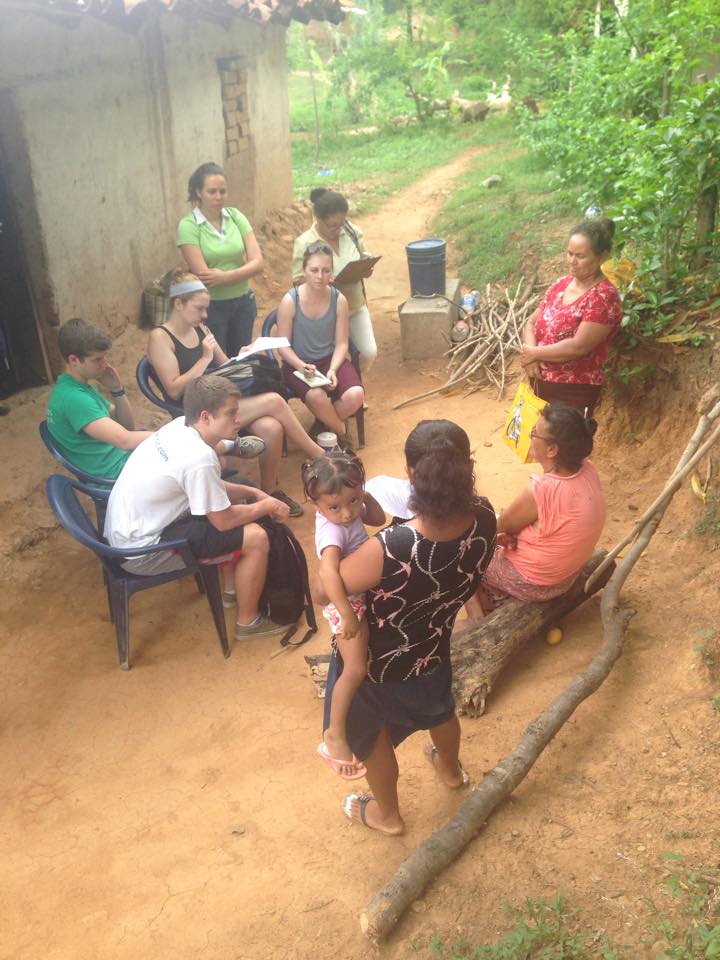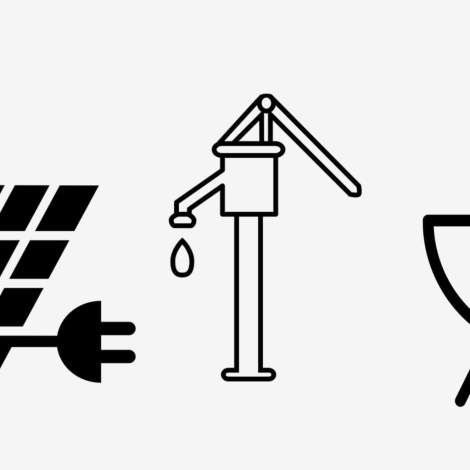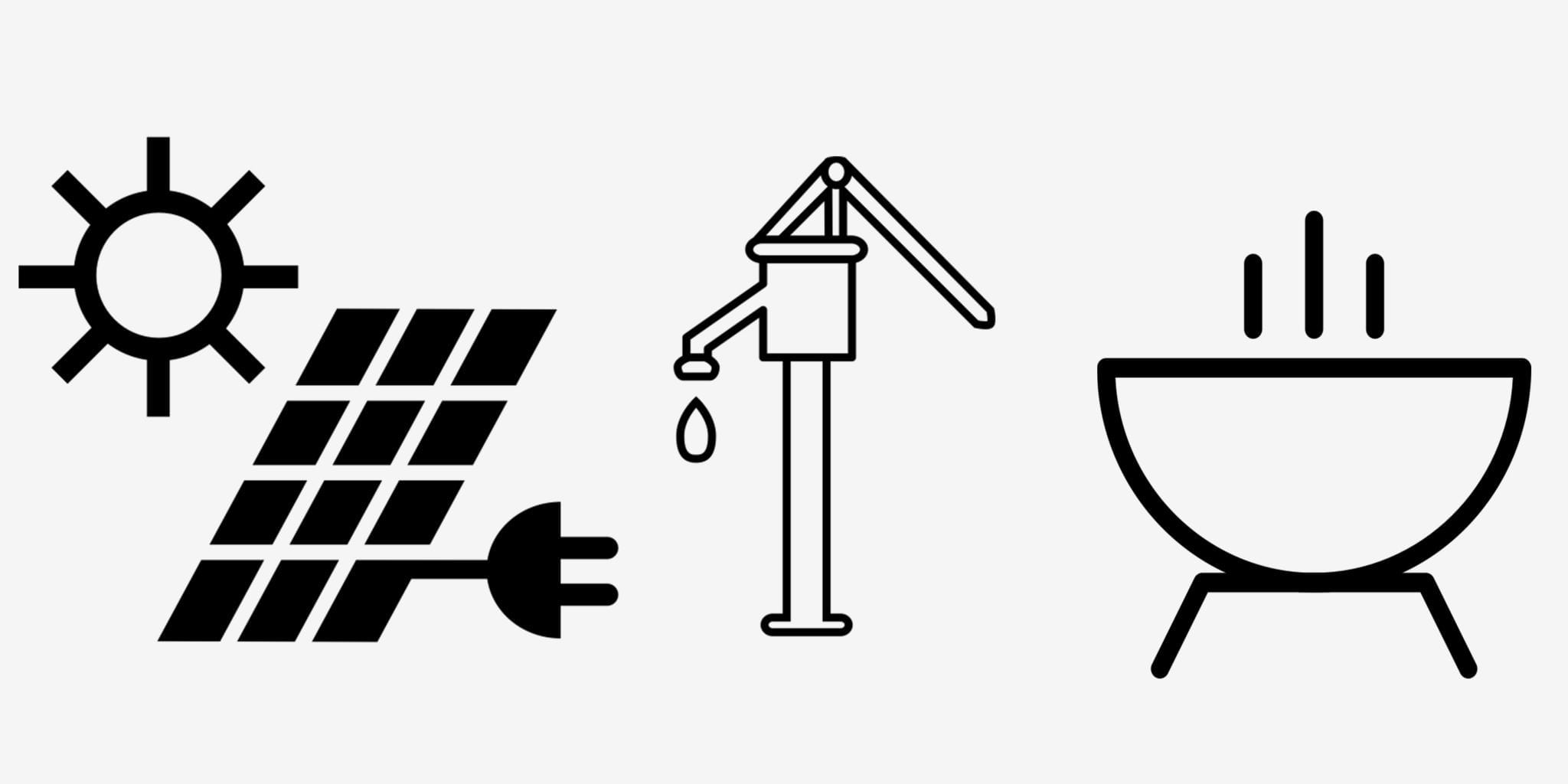This is the second in a series on principles based on the textbook Humanitarian Engineering: Creating Technologies that Help People, by Kevin Passino. This series is adapted by the author for Engineering for Change. Download Humanitarian Engineering, 3rd Edition, for free.
It is important to form good relationships with the people in the community you are going to work with, whether this is a community where people live, or an educational community (e.g., for STEM education). Relationship building typically starts with a “partner” (community leader, head of a local NGO, or university), members of the community itself, and other stakeholders.
Good relationships are based on mutual respect, and trust that is built via open and frequent communications. In community development it is said that “nothing gets done except on the back of a relationship.” Formation of good relationships leads to the promotion of community participation in a project right from the start. It is hoped that the participation and cooperation is fully inclusive so no one is marginalized.
In the beginning, the community needs to be integrally involved in assessing its own needs and resources. The community should not be an object of study only by outsiders. Such assessments may occur via interviews, a focus group of 10-15 people, or a survey that the community helps run. Two other community features that need to be assessed are “capacity,” which is the ability to execute and complete a project, or do technology operation and maintenance, and aspirations, which are the short- and long-term hopes for the community. The keys to all these community assessments are the use of “active listening” skills, and asking good questions to learn about the community.
The output of the community assessment should be ideas for a set of projects, ones whose outcomes are important to the community. Then, cooperating with the community, the engineers should use technical assessments to narrow down the list and identify projects that are technically and financially feasible. This project selection process should also integrally involve the community so that when it comes to project execution, the community participates to a great degree. This participation gives the community “ownership” of the project and its outcomes, and if the project succeeds, gives the community a strong sense of accomplishment. The community is empowered in a variety of ways throughout this entire community development process, and the hope is that the community will become able to independently take on additional projects at a later time.

Ohio State University humanitarian engineering students discuss water sanitation with health promoters at Siete de Mayo, a rural village in Choluteca, Honduras. Students from left to right: Alan Renner, Brandon Renner, Monica Mueller, Andrea Paul, and Mariantonieta Gutierrez Soto.
Humanitarian Engineering Series
Humanitarian Engineering Principle One: Focus on People
Humanitarian Engineering Principle Three: Understand Social and Physical Context
Humanitarian Engineering Principle Four: Be a Professional Humanitarian Engineer
Humanitarian Engineering Principle Five: Build Technological Capacity
Humanitarian Engineering Principle Six: Ensure Long-Term Positive Impact
Humanitarian Engineering Principle Seven: Understand Impact from Social Context
Humanitarian Engineering Principle Eight: Design for Sustainability
Humanitarian Engineering Principle Nine: Assess Outcomes
Humanitarian Engineering Principle Ten: Promote Human Dignity, Rights, and Fulfillment

